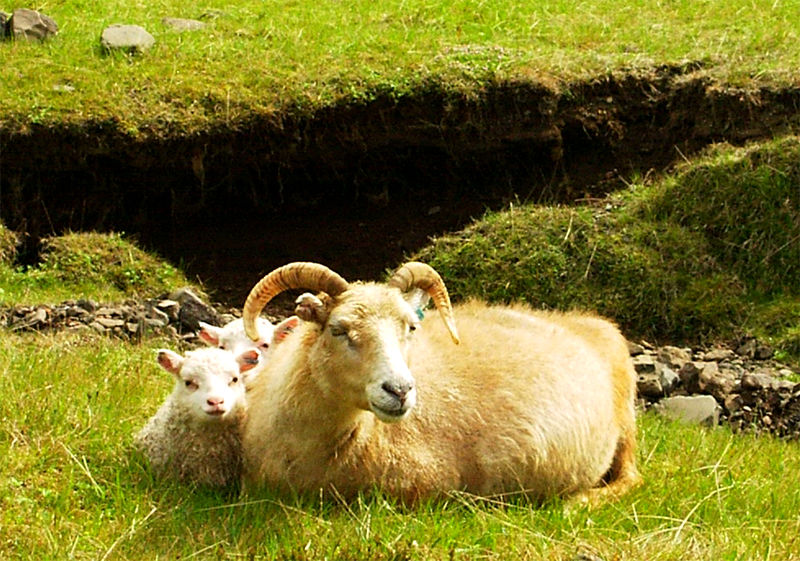
Icelandic sheep (Ovis aries) are a great example of domestic animals raised in taiga. For one thousand years, these sheep have been bred for their fur, milk, and meat. Currently, they are raised almost exclusively for their meat. Originally introduced to Iceland by Vikings, these sheep are now raised in Iceland, Canada, and America, among others. Due to the cold weather they usually are raised in, icelandic sheep are highly efficient herbivores.
65°40'29.40"N
18° 8'41.71"W
